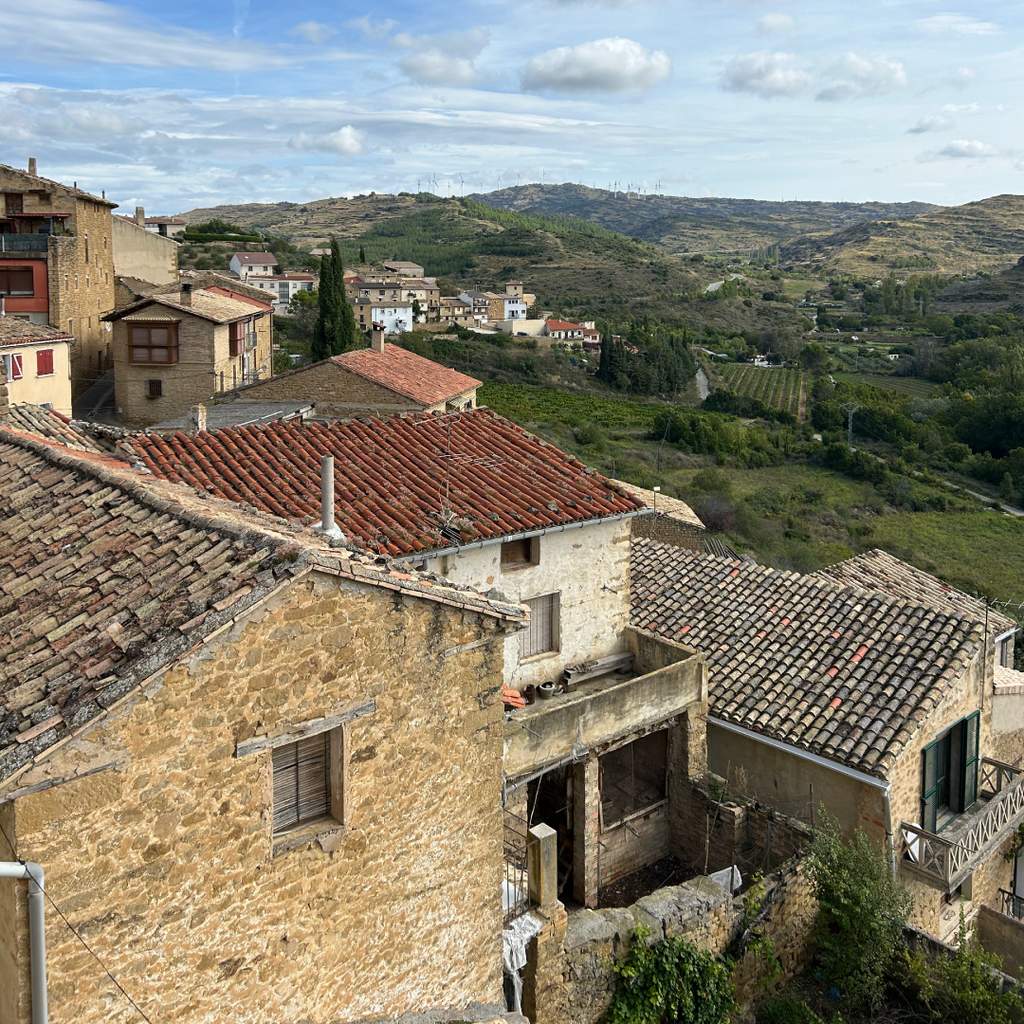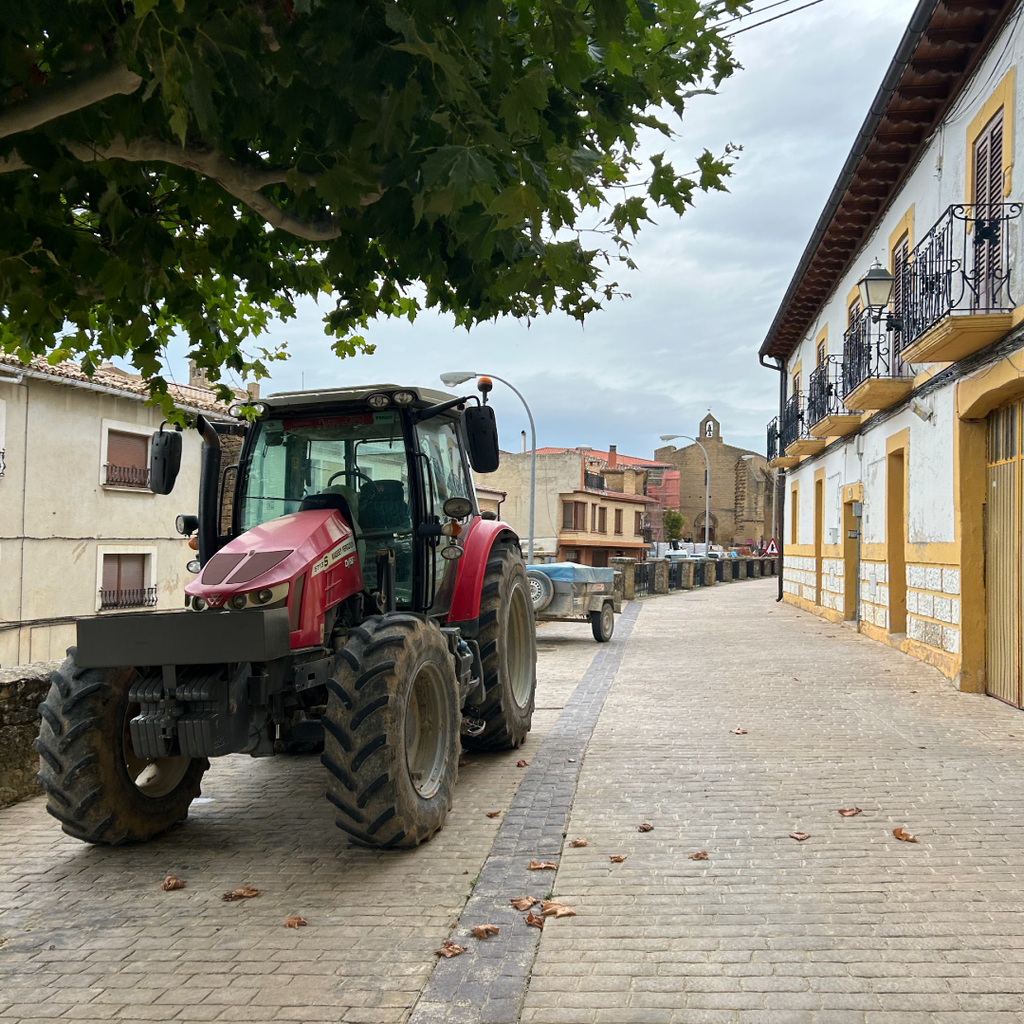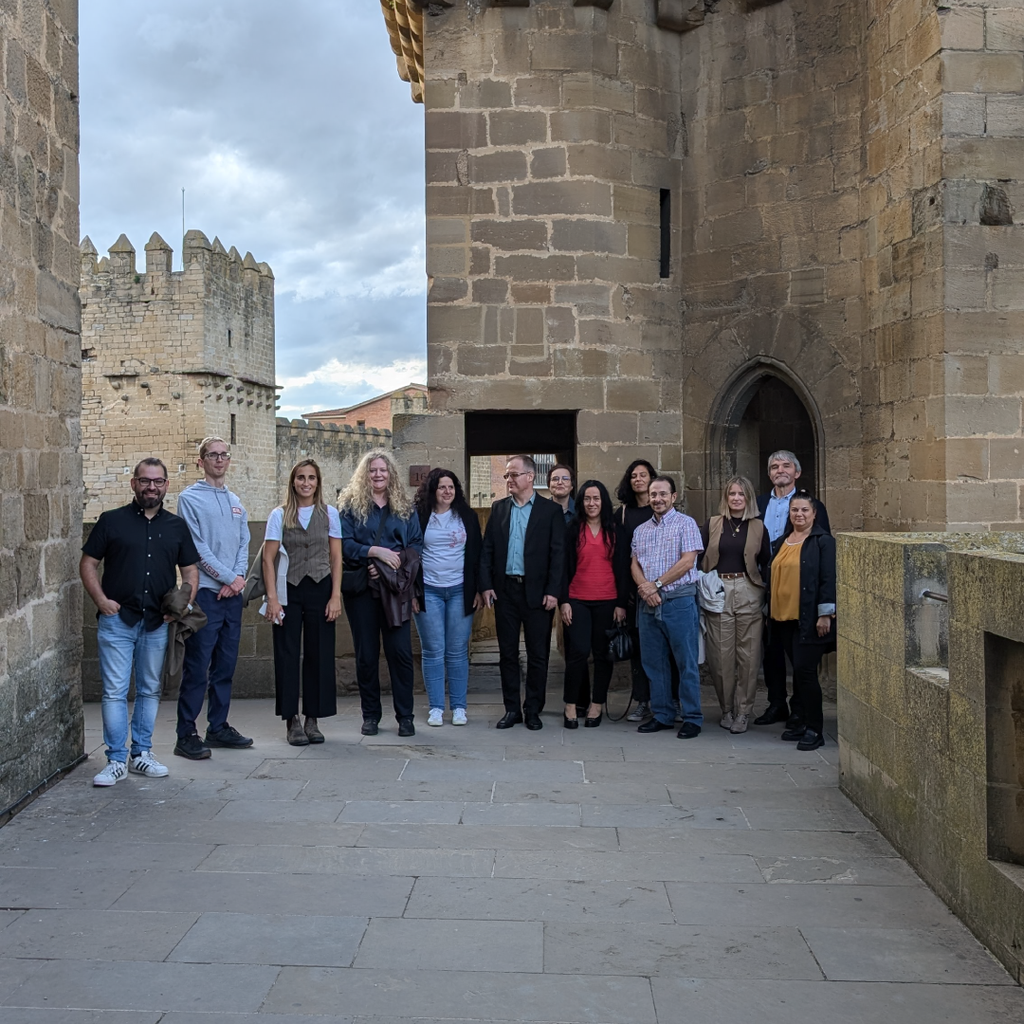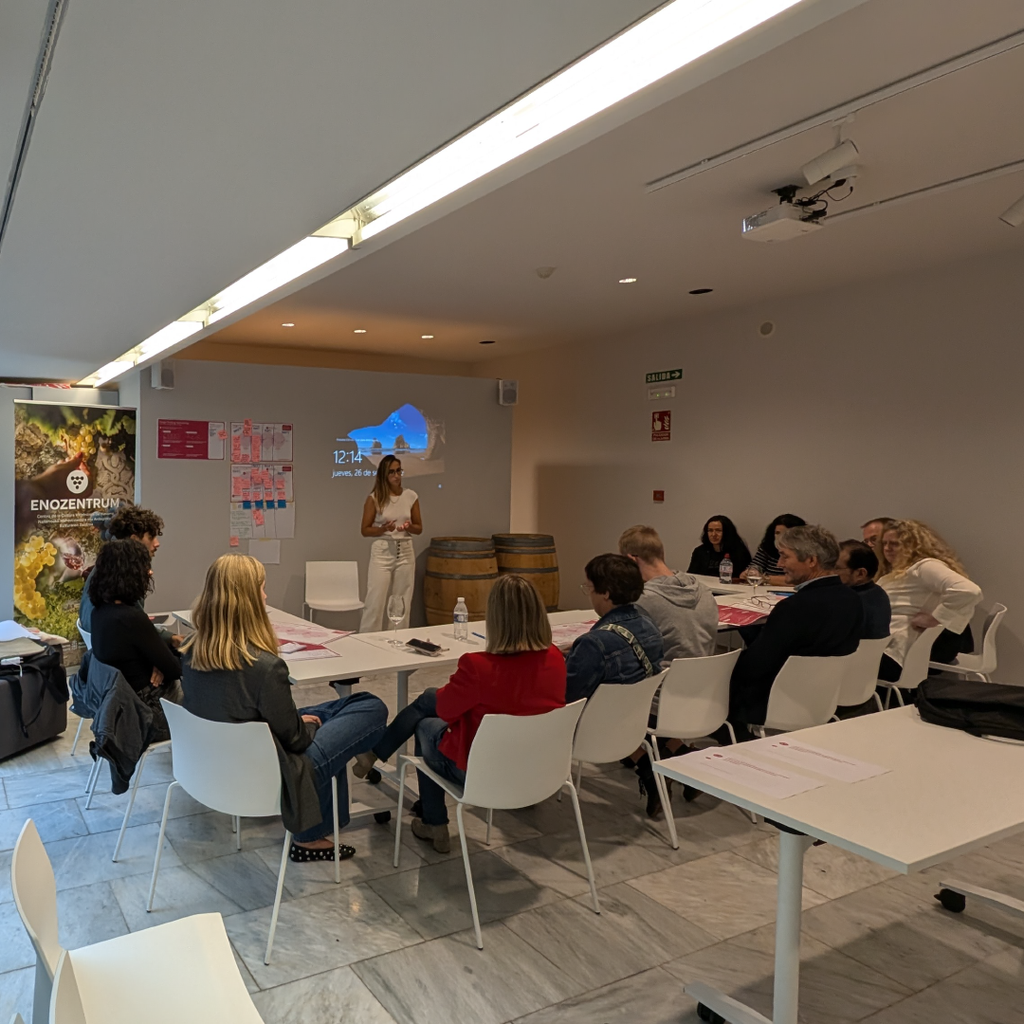The Challenges of the New Rurality
The Challenges of the New Rurality
↗ Social impact

It is estimated that 60% of the world's population will live in large cities by 2030. Obviously, this massive rural exodus has been gradual since the end of the 19th century and industrialization until today, where cities are recognized as spaces of job opportunity and/or personal development. However, the massification of urban spaces has brought problems in which it is evident how this search for opportunities is obscured by other challenges that are still unresolved (and therefore become more acute) in cities such as access to housing, connectivity, or contact with nature itself. In this context, an undeniable polarization has been generated where urban massification and rural isolation are two sides of the same coin. Both are interdependent on each other.
“The New Rurality focuses on taking advantage of new advances to continue seeing it as a fertile ground, capable of generating resources and opportunities for personal and professional development.”
Through projects such as ↗ Enkarterri Open Lab, where we created a Rural Laboratory for agro-food and forestry innovation from the bioeconomy in Enkarterri, one of the most depopulated and rural areas of Bizkaia, or ↗MIES where we located cases of rural entrepreneurship throughout Spain, we have understood the main challenges that arise in a new rural context. Challenges that are linked to each other and affect rural and urban environments equally.
The New Rurality is not a concept that romanticizes the rural lifestyle or ignores the difficulties associated with such environments. This concept is based on the principle that anyone who decides to settle in a rural area is not systematically giving up their equality of rights. Therefore, a new challenge arises and directly calls on administrations at different levels to create, develop and implement laws that also consider the needs associated with rural areas.
The concept of Rural Proofing has been adopted by organisations and institutions committed to “Rural Thinking” and seeks to ensure that laws and processes also take into account the specific characteristics of rural environments. Its main objective is to prevent rural sectors, jobs and inhabitants from being systematically harmed by regulations that have not foreseen their impact in these areas.






At dot. we have collaborated with the NGO Cives Mundi in the Interreg programme, funded by the European Union. In this framework, agents from the Government of Navarra and other regional governments from Bulgaria, Ireland and Estonia have worked together to identify the key opportunities of this new approach and develop the first Rural Proofing methodology co-created by different agents and coexisting rural realities in Europe. This methodology, based on design, adapts to all phases of a law creation, from the identification of needs and the generation of participatory processes, to the prototyping and implementation of a new legislation. In addition, it considers the critical points and key actors that must participate in each phase, ensuring that the different rural realities are taken into account in the legislative process. During the co-creation process we identified the following key principles:

Shared vision, mission and narrative to align all stakeholders and society as a whole.

Open communication between governments and rural areas.

Raise awareness of rural issues and ensure political will to address them.

Holistic and intersectoral approach to comprehensive problem solving.

Guidance and methodologies, such as checklists to ensure consistency.

Rural-data based, with field studies from micro to macro levels.

Well-resourced leadership and interdepartmental connections, ensuring links between local and national entities.

Local, regional and national strategies within a structured framework and action plan.

Flexibility and adaptability over time to be able to adapt to the changing needs.

Prioritize rapid evaluation and experimentation to assess impacts and drive continuous improvement.
With a narrative that describes the cities as the only spaces for opportunities and development, the rural environment has been forced to sustain a non-aspirational projection of sacrifice, disconnection and lack of opportunities. This means that new generations born in rural areas prepare their exoduses from a young age, and that children in urban environments see their development limited to an increasingly competitive and precarious context. Therefore, the expansion of this imaginary generates a transformative rural empowerment that affects both contexts.
It is evident how these prevailing narratives have been incomplete and have hidden both the deficits or “risks” of urban environments, as well as the paradigm shifts that can occur in rural environments thanks to the integration of new technologies. This narrative transformation lets us going beyond the agricultural use of a family territory as the only formula in rural areas.
— What are the new rural lifestyles that emerge thanks to teleworking?
— What can the new lifestyle of a farmer who uses new technologies?
— What are the new demands ofthat rural tourism are still not being answered?
— How can technologies be applied to the rural context and not the other way around?
This challenge should have been foreseen and resolved with better infrastructure and service platforms at the same pace as the population exodus. Without any doubt, logistics would have been improved, and therefore urban and rural resilience, generating a more dispersed population settlement. In Spanish territories with these characteristics, such as the case of the Cantabrian coast (Galicia, Asturias, Cantabria, Basque Country), lifestyles are more hybrid urban-rural, thanks to being small territories, with better urban-rural connectivity.
In the absence of this real interconnectivity in other environments, many cities that evolve into macropolis, have developed a model of urban dispersion called Sprawling, where large peripheries are generated with very low-density dormitory neighborhoods and isolated single-family housing models are repeated. The city as the epicenter is always the node for centralizing services and the private vehicle is the main link. As Kevin Arnold, the character from “The Wonder Years,” described in the TV Serial that perfectly portrayed this peripheral dispersion called "Suburbs" in the US: “they have all the disadvantages of the city and none of the advantages of the countryside and viceversa". Above all, because an essentially urban way of life is always superimposed, and the city, as it evolves and continues to absorb inhabitants, causes a city conquer of the suburbs, those old pleasant peripheral environments. Thus, those small natural plots that previously symbolized “the countryside” are now just more housing.
↗ El Bosque de Los Hermanos by Yukiko Noritake, is an illustrated children's book that shows this process of conquest step by step.

In rural areas, crafts and means of production have been developed and passed down through generations. These professions are now facing a lack of replacements and are therefore in a big danger of disappearing. It might seem that mass production makes up for this loss with modern products, but the truth is that many crafts, rural trades and associated knowledges, continue being valuable and not reused professional opportunities, and are also a cultural legacy that provides consumption sovereignty (which are also more environmentally respectful). Professions such as blacksmithing, shearing (cutting the hair of sheep or cattle) or vegetable charcoal makers are still necessary, but as they are ceasing to exist, more polluting, inefficient and disrespectful methods are used. In the same way, knowledge gained in rural areas such as those related to agricultural cultivation, seasonal products or traditional fertilisation methods, among others, are still necessary. Faced with this loss, once again, we resort to more polluting, inefficient and disrespectful methods.
“The loss of traditional trades that care for the rural environment and use it as a source of sustainable resources can lead to the disappearance of species. Without shepherds who breed and conserve native species and protect the mountains, many animals and plants that form part of our agroforestry biodiversity will be lost.”
The previous challenge gives us some clues to understand the present one. Depopulation and the disappearance of rural agents radically change our relationship with the land itself.
While it is true that nature doesn´t need humans to develop its cycle, in ex-inhabited environments and in those where there has been no investment in regenerating their original ecosystem, depopulation brings with it an increase in brushwood, which negatively impacts the spread of fires, reducing forest cover and biological diversity, essential ingredients for soil conservation, water regulation and climate change mitigation. An effect that always affects first to these territories.
